Kausar Nag : Nature’s Untouched Oasis
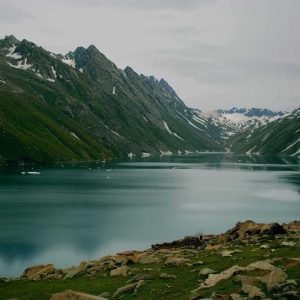
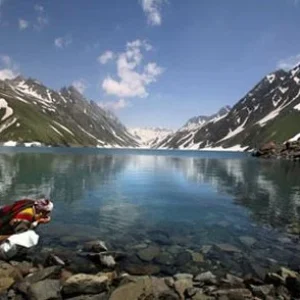

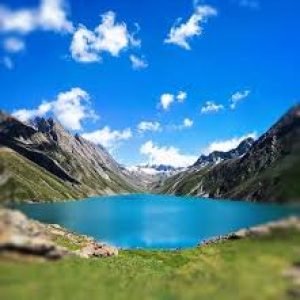
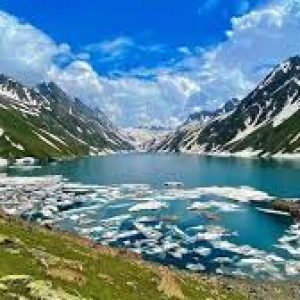
Table of Contents
Toggle1. Introduction
Commonly known as Kausarnag, Kausar Nag is one of the several beautiful high altitude lakes in the region of Jammu & Kashmir. The lake is known for its crystal clear waters and tranquil atmosphere. This pristine alpine lake at about an altitude of 3,962 meters (12,999 feet) remains a hidden gem for nature enthusiasts, adventure lovers and trekkers alike. Snow capped mountains and lush green meadows around it offer breathtaking views and an escape to a tranquil embrace of nature.
The location, although a little off the beaten track, ensures that Kausar Nag remains relatively untouched and unspoiled by large scale tourism, making it an ideal destination for those in search of a peaceful and remote getaway.
2. Geography and Location
Kausar Nag is located in the Pir Panjal Range that forms part of the extensive Himalayan mountain system, in the Kulgam district of Jammu and Kashmir. The lake extends to a length of about 5 kilometers, which makes it one of the largest alpine lakes in the country. It is located approximately about 70 kilometers southwest of Srinagar and could be accessed only via trekking routes.
The lake is supplied by meltwater from glaciers and is arguably the most outstanding feature given its depths. The water in this lake is extremely clear and mirrors the blue sky and peaks present all around it. Verdant meadows, alpine flowers and dense pine forests cover the surrounding landscape and add to the mystical quality of the place.
3. Historical and Cultural Significance
Kausar Nag is a holy place for the Hindus and is the most prized site of Kashmiri Pandits. It is believed to be connected with Lord Vishnu, and it is considered as one of the holy lakes in this region. For the devotees, it is a place of abode of the spirits. To the Hindus also, there are rituals and prayers at the lake, mainly during their annual yatra along with the one to Amarnath.
Historically, Kausar Nag has long been a source of interest among ancient travelers and scholars, who recorded its spiritual importance. For centuries, it symbolized purity and tranquility and only the location heightens the sense of mystery around this place.
4. Climate and Best Time to Visit
The climate of Kausar Nag is seasonal up to a great extent. This area receives heavy snowfall during the winter season and is inaccessible for most of the seasons.
4.a. June to September: This is considered the best time to visit Kausar Nag when the summer season prevails. In these seasons, the temperature ranges between 10°C and 25°C. The natural surroundings at Kausar Nag become suitable for trekking and camping once the snow melts and the green landscapes and colorful flowers are lush across this region.
4.b. October to November: The weather is relatively mild, it may get colder, especially at night. Autumn allows seeing the color changes of the forests around, however, there is a chance of snow early in the season.
4.c. December to March: The lake freezes throughout this period and thick layers of snow cover the region. Traveling in this period is not recommended except if you are an experienced mountaineer.
4.d. Spring (April to May): With the thaws of snow, the region opens up again. The meadows come alive with fresh blooms and it is one of the scenic times to visit but can be muddy with the melting of the snow.
5. How to Get to Kausar Nag
Adventure alone in reaching Kausar Nag makes it a sought-after destination. This lake is deep within the Pir Panjal range and inaccessible, except by trek as it is located in some remote part of that range.
5.a. By Air:
The nearest airport to Kausar Nag is Srinagar International Airport, SXR, connecting most of the major Indian cities like Delhi, Mumbai, Bangalore. From Srinagar, a road journey is necessary to either Kulgam or Aharbal, respectively the base camps for Kausar Nag trek.
5.b. By Train:
The closest railway station is Jammu Tawi, which is about 260 kilometers away from Kulgam. There are regular trains from the major cities of India such as Delhi, Chandigarh and Kolkata to Jammu. From there tourists need to travel by taxi or road transport to the town of Kulgam.
5.c. By Road:
Kausar Nag can be reached by two major trekking routes:
i. Kulgam Route: This route is relatively shorter and more touristic. From Srinagar one can take a bus or taxi up to Kulgam that is 70 km. The trek starts from here towards Kausar Nag via Aharbal. Aharbal is quite famous for the picturesque waterfall it has and the base of the trek.
ii. Reasi Route: From Jammu, Reasi is one route which is a bit lesser known but longer and steeper. It is also an adventurous option for experienced trekkers.
6. Kausar Nag Trekking
6.a. Trek routes:
i. Aharbal to Kausar Nag Trek: The commonly used route in trekking from Aharbal to Kausar Nag is about 14 kilometers long and may take two to three days to complete, depending on one’s pace. The route is a mix of rocky terrains, meadows and forests, all presenting stunning views around them. The trek is moderately difficult, requiring you to be in good physical fitness owing to the high altitude.
ii. Reasi to Kausar Nag Trek: This is a tougher trek and a longer one that covers an area of about 25-30 kilometers. It is recommended for the experienced trekkers who like to tread on less explored paths. During this trek, you’ll find the wilder Pir Panjal range steeped in sylvan grandeur, a dense forest and untrod paths.
6.b. Must-Have Permits:
As Kausar Nag lies in a sensitive area of the Line of Control, some of the areas might require permits for trekkers. It would always be safer to get in touch with the local authorities or Jammu & Kashmir Tourism Department for updated regulations or permits before embarking on your journey.
6.c. Equipment and Preparation:
i. Clothing: Dress in layers as it is tough to hold temperatures at such an altitude and changes in temperature often occur. Waterproof jacket and sturdy trekking boots should not be forgotten.
ii. Tents and Sleeping Bags: Since there are no authorised camps around Kausar Nag, trekkers prefer to carry their tents and camping accessories.
iii. Food and Water: No facility is available along the trek. Well enough food and drinking water for the entire trek should be carried. Natural water resources are there too.
iv. First Aid Kit: It becomes very useful if one suffers from altitude sickness or an insignificant injury.
v. Guide: In case you don’t know the place, it’s better to take a local guide.
7. Tourist Places and Activities
7.a. Kausar Nag Lake
The main attraction is the Kausar Nag Lake itself. The serene beauty of the lake with towering peaks around it and the reflection of the sky within the lake is worth a sight. The water from this lake is considered sacred, many visitors take a dip in the freezing water, which is considered a sort of ritual purification.
7.b. Flora and Fauna
This region around Kausar Nag is full of variety in flora and fauna. Wildflowers pop across the meadows during summer. This will become a nature lover’s paradise. The Himalayan range is full of wildlife like snow leopard, Himalayan black bears and ibex, but they rarely come into view due to their elusive nature.
7.c. Camp
Trekkers swarm the destination for camping near the lake. It is a feeling that one can never forget: the star studded sky, the stillness of the lake and the panorama of the mountains together create one great scenery.
7.d. Photography
For the photographer, Kausar Nag offers a dream field. The piece of landscape offers scopes in plenty: from the play of light and shadow on the lake to landscape photography, the scope for giving shape to nature’s sketch is inexhaustible.
8. Safety and Precautions
Kausar Nag is situated at a high altitude almost close to 4,000 meters above sea level. Some of the visitors in that place would feel altitude sickness and therefore, it is such a must in the place to properly acclimatize one’s body, stay hydrated as much as possible and to take the treks slow.
8.a. Weather Conditions: It has a complex weather condition here so one needs to be prepared in case of sudden rain, heavy snow or cold winds. Be sure to check on the weather forecasts before traveling and get ready for changing plans on short notice if the weather really calls for it.
8.b. Wildlife: There are some pretty bizarre sounding incidents of encountering wildlife, but these do happen, along with close encounters with potentially vicious wildlife such as bears. Don’t walk alone and don’t yell when walking so you don’t surprise animals in your path.
9. Travel Tips
9.a. Trekking Guide: If not very familiar with trekking, take a guided tour. Local guides can really be helpful for advice about the region and navigation and can keep you safe.
9.b. Fitness: You must be fit when coming for the hike. Regular walk or hike so that you are well fitting.
9.c. Observe Local Customs: Kausar Nag has religious importance so treat the local customs with utmost respect.
9.d. Leave No Trace: You must practice responsible tourism by taking all your rubbish back and leaving the environment as you would have come to see it.
10. Conclusion
Kausar Nag is one of the best-hidden jewels in the Jammu & Kashmir region, with the perfect blend of adventure, spirituality and natural beauty. Be it a trekker, nature lover or a pilgrim, this secluded destination promises an experience that will linger in your memory forever. Yet, one needs to plan well, respect nature and travel responsibly so that this unspoilt location remains intact for generations to come.
How to book a trip to Kausar Nag, India with Charzan Holidays?
For a seamless and exceptional booking experience, contact Charzan Holidays at reservations@charzan.in or call us at +919622224473
People ask FAQ's
1. What is Kausar Nag also known as?
Kausar Nag is also known as the “Lake of Snow”. It is a high-altitude alpine lake located in Pir Panjal range in the state of Jammu and Kashmir. It is known for its serenity and crystal-clear water. It is an important place for pilgrimage and is also one of the easy treks for the locals of that region.
2. Which district is Kausar Nag in?
High-altitude alpine Kausar Nag lake is located in Jammu and Kashmir, in Anantnag district, about a few kilometers north of the Pahalgam area in southern Kashmir Valley. This sacred lake offers peace with breathtaking views and serene surroundings, it is the most important place for both trekkers and pilgrims.
3. What is the weather like in Kousar Nag?
Kousar Nag is situated in the Pir Panjal range and enjoys a temperate climate. Summers begin from June to August. Mild and pleasant temperatures with ranges starting from 10°C to 25°C define this time period of the year. Cold and almost subzero degrees make winters heavy for snowfall, generally taking place from November to February. However, with monsoon onset that begins from July to September, the entire region turns green and lush.
4. How to reach Kausar Nag?
Take a flight or train to Srinagar and then drive down to Anantnag. From Anantnag head to Pahalgam, trek from Aharbal to Kausar Nag which is about 13 km. The trek is moderately tough, and it takes a similar amount of time to be covered to reach Kausar Nag Lake. Check the weather conditions and also get all the necessary permits and permissions before the journey.
Frequently Asked Questions
1. What is Kausar Nag? | |
| Kausar Nag is an alpine lake located in the Pir Panjal range of Jammu and Kashmir, renowned for its stunning beauty and serene environment. | |
2. How do I reach Kausar Nag? | |
| Kausar Nag can be reached by trekking from either the Sallar village or from Pahalgam. The trek usually takes about 4 to 6 hours. | |
3. What are the main attractions near Kausar Nag? | |
| Attractions include the scenic lake itself, lush meadows, diverse flora and fauna, and panoramic views of the surrounding mountains. | |
4. When is the best time to visit Kausar Nag? | |
| The best time to visit is from June to September when the weather is pleasant and the trekking routes are accessible. | |
5. Is Kausar Nag safe for tourists? | |
| Yes, Kausar Nag is generally safe for tourists, but it’s advisable to check local conditions and adhere to travel advisories, especially when trekking. | |
6. Are there accommodations near Kausar Nag? | |
| There are no accommodations directly at Kausar Nag, but you can find options in nearby towns like Pahalgam or arrange for camping near the lake. | |
7. What activities can I do at Kausar Nag? | |
| Visitors can enjoy trekking, camping, photography, fishing, and exploring the beautiful natural surroundings. | |
8. Is public transportation available to Kausar Nag? | |
| Public transportation is limited; it’s best to take a bus or taxi to Pahalgam or Sallar and then start your trek to Kausar Nag. | |
9. What should I pack for a trip to Kausar Nag? | |
| Pack trekking gear, comfortable clothing, warm layers, good hiking shoes, a water bottle, snacks, and a camera. | |
10. Are there local customs to be aware of? | |
| Yes, it’s important to respect local customs and traditions, particularly regarding dress and behavior in rural areas. | |
11. Is Kausar Nag suitable for families? | |
| Kausar Nag can be family-friendly, but the trek may not be suitable for very young children or those with mobility issues. | |
12. Can I find food options near Kausar Nag? | |
| There are no food options at Kausar Nag itself, so it’s best to carry packed meals or snacks from Sallar or Pahalgam. | |
13. Are there guided tours available for Kausar Nag? | |
| Yes, local guides can be hired for treks to Kausar Nag, offering insights into the region’s ecology and culture. | |
14. What is the nearest city to Kausar Nag? | |
| The nearest major city is Anantnag, while Pahalgam serves as the main base for travelers heading to Kausar Nag. | |
15. Can I visit Kausar Nag in winter? | |
| Visiting Kausar Nag in winter can be challenging due to heavy snowfall and cold temperatures, which can make the trekking routes inaccessible. |



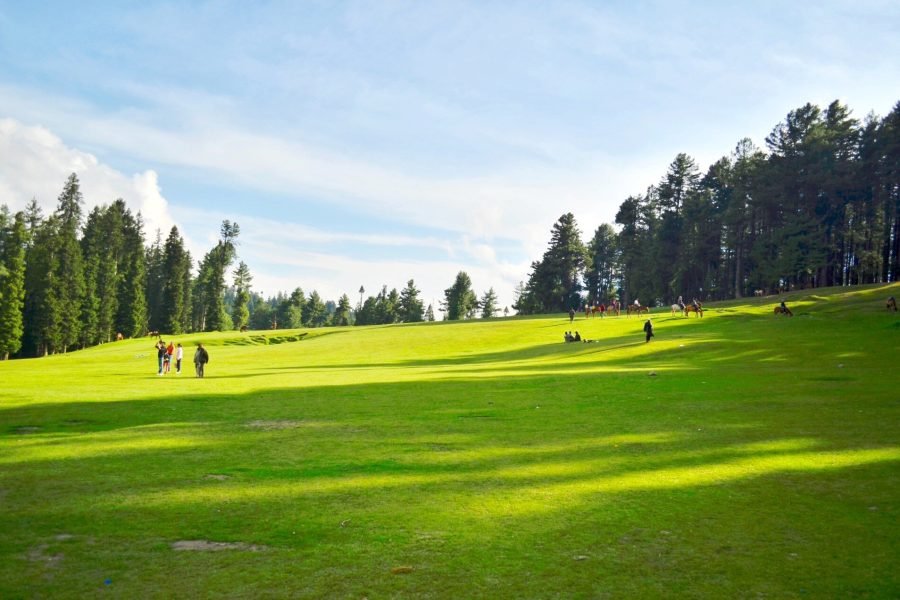
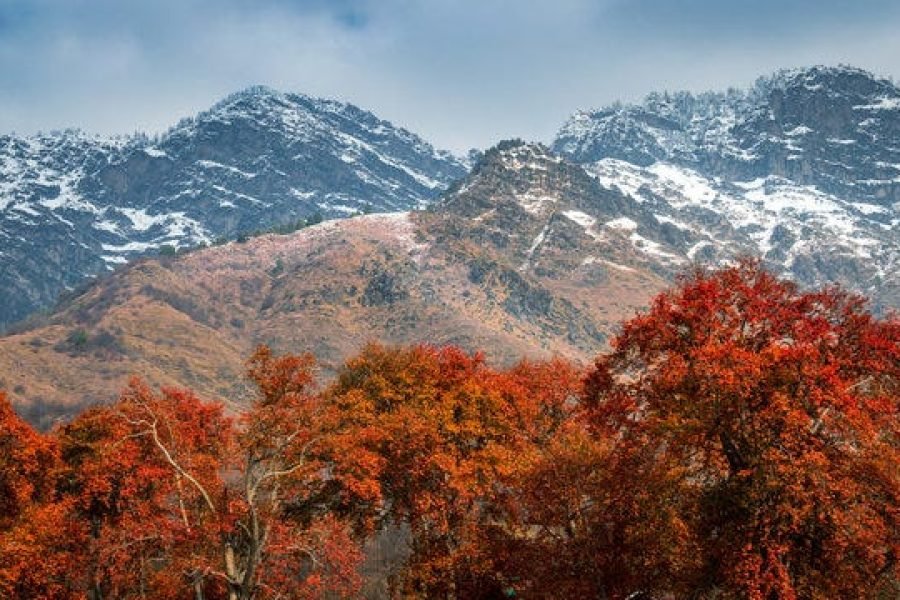
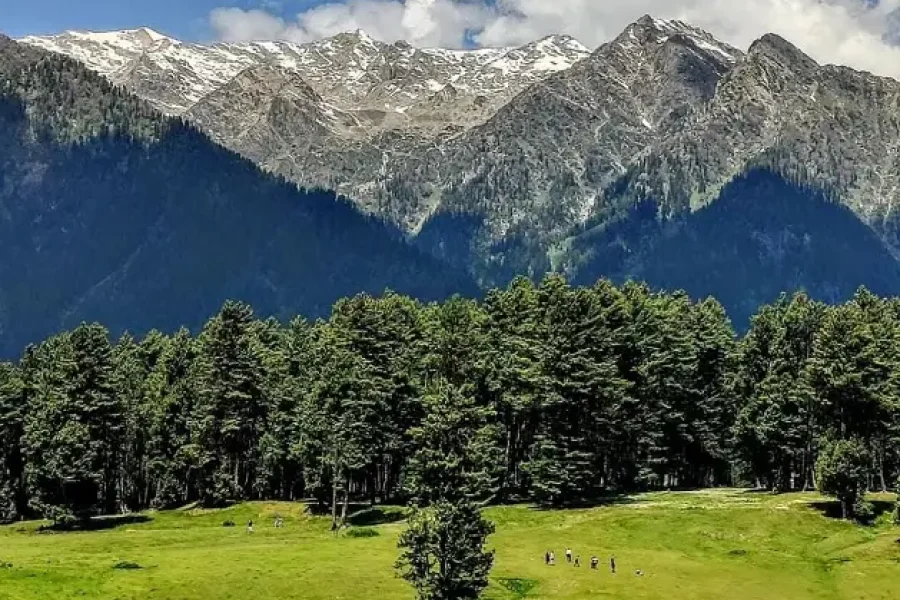
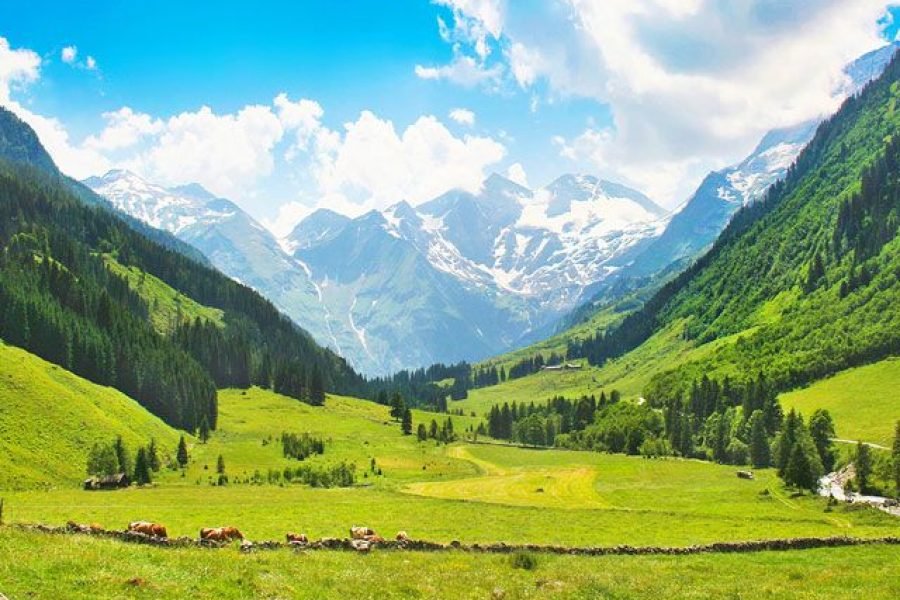
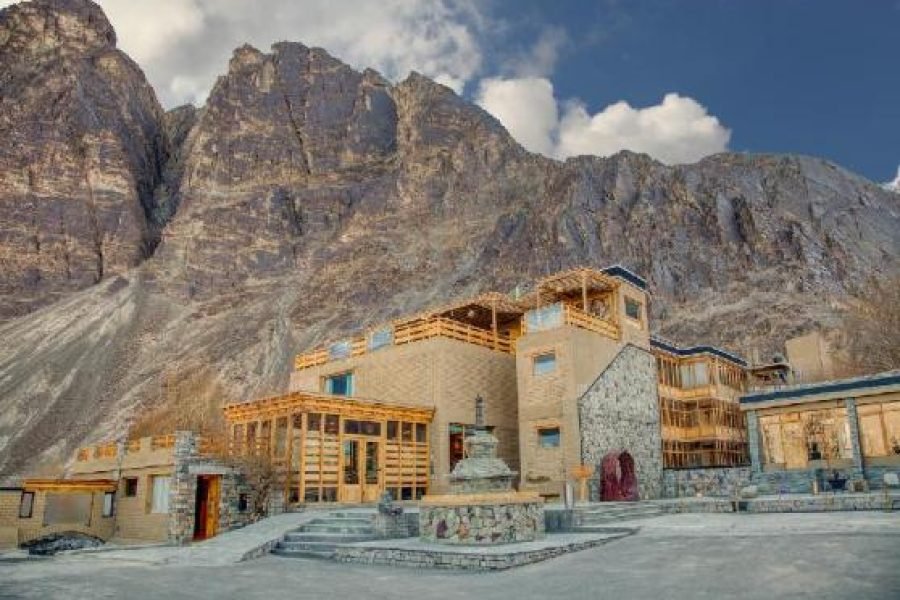

0 Comment